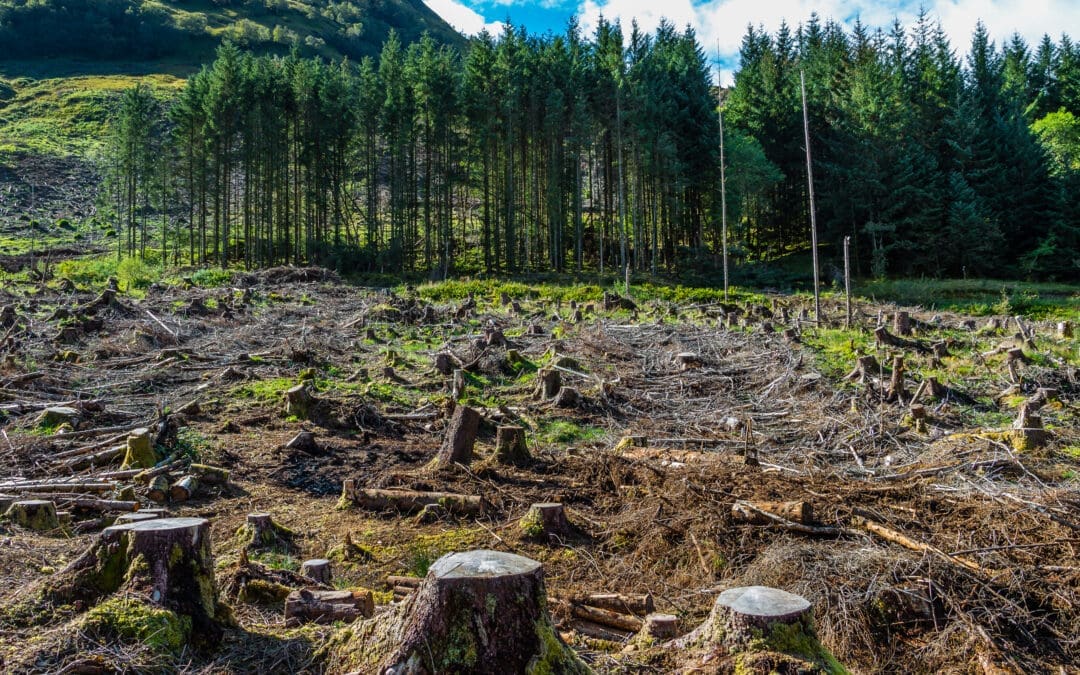UYGHUR FORCED LABOR PREVENTION ACT (JUNE 21st UPDATE)
The U.S. government has taken steps to codify guidance that provides more clarity to companies on how to comply with the Uyghur Forced Labor Prevention Act (UFLPA), a law designed to ensure company supply chains are clear of forced labor occurring in Xinjiang, China. As of June 21st, 2022, the UFLPA actively assumes any goods that may have been made wholly or partly in Xinjiang involve forced labor—specifically the abuse and exploitation of the region’s Muslim minority Uyghur population.
The White House passed the UFLPA late last year. Since then, a lack of explicit guidance on the matter has left companies confused about the compliance pathway and therefore what actions to take to get more transparency and information from supply chain actors. A recently released update from U.S. Customs and Border Protection changed that, providing additional direction on how companies can tackle potential Xinjiang-related vulnerabilities in their supply chain.
“The new UFLPA guidance gives companies a clearer road map for creating and documenting their own credible due diligence system. The evolution of brand compliance programs towards a due diligence system will also be important in meeting a variety of new mandatory Human Rights Due Diligence (mHRDD) laws being passed by a variety of counties outside the US” said James McMichael, human rights expert and founder of MOSAIC Responsible Supplier Resource.
SupplyShift’s suite of powerful supply chain mapping and assessment tools helps customers identify risks and address a variety of issues —not least of all forced labor issues. In keeping with that approach, SupplyShift has expanded its offerings to ensure companies are well-equipped to comply with the UFLPA.
HOW THE UFPLA REBUTTAL PROCESS WORKS
Because the UFPLA posits all goods with potential ties to Xinjiang have been tainted by forced labor, importers may experience detainment of merchandise. In such an event, importers can expect to receive a detention notice along with instructions on how to proceed. Within five weekdays of being presented with the merchandise for examination, the CBP will decide whether to release the goods and detain them indefinitely.
Importers will likely have 30 days to request an exception, beginning from the date the merchandise was submitted for examination. They must then provide the Commissioner of the CPB with clear and convincing evidence that the goods were not in any way a product of forced labor.
KEY POINTS
Rather than defining a specific compliance pathway, CBP has expanded the list of what may be asked from companies if a shipment is detained. While this may be disappointing for companies looking for a silver bullet approach, the new guidance points strongly in the direction of establishing comprehensive due diligence systems along with the ability to trace shipments within a 30-day timeframe.
The guidance defines several layers of information that companies should have in place, starting with a human rights due diligence system, including mapping facilities in the supply chain, all the way to specific evidence about origins of individual shipments.
Notably, while DNA tracing technology has gained considerable attention in recent months, there is no mention in the guidance of using this type of information as evidence in a rebuttal process, which may be because the technology has been deemed too immature to provide clear and consistent results.
Specific to cotton, CBP requires showing the supply chain from the origin of the cotton at the bale level, rather than farm level. This validates the approach of our partners at the Responsible Sourcing Network, who focus the YESS standard on cotton spinners as the purchasers of cotton bales, and the key choke point in cotton supply chains beyond which traceability becomes even more challenging. “The new guidance affirms the need for companies to have comprehensive due diligence systems and more visibility in their supply chains,” said Patricia Jurewicz, CEO of the Responsible Sourcing Network.
HOW SUPPLYSHIFT CAN HELP
The evidence an importer presents when requesting an exception must include multiple forms of documentation, including the following:
- Documentation of a due diligence system or process
- Evidence pertaining to the overall supply chain
- Evidence pertaining to any component of merchandise
- Evidence pertaining to the miner, producer, or manufacturer
SupplyShift’s mapping, tracing, and assessment solutions can assist in every step of the process. Our standard assessments provide off the shelf solutions, and our platform is flexible to provide you any customization for collecting the data you need – from initial risk assessment to tracing individual purchase orders.
To get started, check out our Facility Social Audit Screening Tools, Supplier ESG Assessment, or our Human Rights Due Diligence Assessment.
To map the facilities in your supply chain, use our Supply Chain Mapping tools and the YESS Cotton Sourcing Risk Screen. Once you’ve got a handle on who is in your supply chain, leverage our powerful segments feature to trace individual purchase orders to respond to CBP detainment letters within 30 days.
On the one hand, there is new urgency for companies to act now. Meanwhile, SupplyShift has been helping companies get ahead of the game for years, and not much has changed since our webinar last year on human rights due diligence in cotton supply chains as far as the underlying issues and how companies can set up robust systems to understand risk and compliance.
Contact us to learn more about our solutions to support your UFLPA compliance journey.




